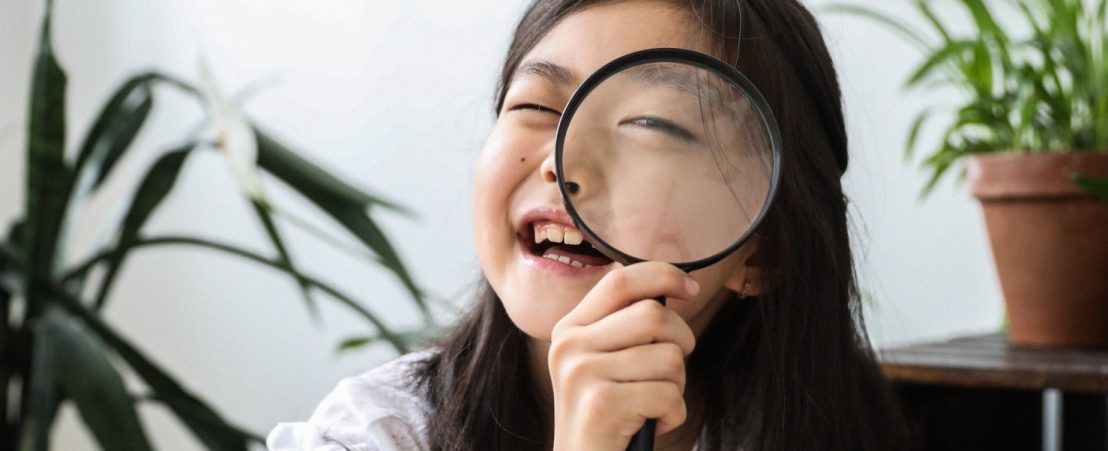
Hyperopia, hypermetropia or farsightedness in childhood appears as a refractive defect whereby the image is focused behind the retina, and vision is blurred. The cause may be in the eyeball or it may be because the optical power of the cornea and lens is less than necessary. There is also a certain hereditary component.
Most children are hypermetropics at birth (physiological farsightedness), but this situation is corrected as the eye grows and develops, so farsightedness tends to decrease, until it disappears into adolescence.
If by then it has not been completely corrected, the defect is likely to persist for the rest of their life. The ability to accommodate (focus) the eye in children is greater than in adults and is usually sufficient to compensate for low farsightedness and allow seeing nearby objects well. Even so, having to make this effort of accommodation can cause eye strain, discomfort or headache, even if the farsightedness is not very high.
In those under 8 years of age, who have not yet completed their ocular development, there is a risk that high uncorrected hyperopia causes strabismus or amblyopia (lazy eye). Therefore, it is necessary to carry out visual checks on children between 3 and 8 years old.
Children are not aware of their defective vision, so we must be aware of other symptoms that can guide us. In case a child shows any of these symptoms, it is advisable to go to the ophthalmologist to do an eye test:
It is not always necessary to correct farsightedness. Even in some cases it is just partly compensated. The usual treatment in children is optical correction with glasses. They may need correction if farsightedness is high for their age or if, although not high, it causes symptoms. Depending on the age of the child and their ability to collaborate, contact lenses can be used for sports or in cases of anisometropia (significant difference in graduation between the eyes).

Contact us or request an appointment with our medical team.